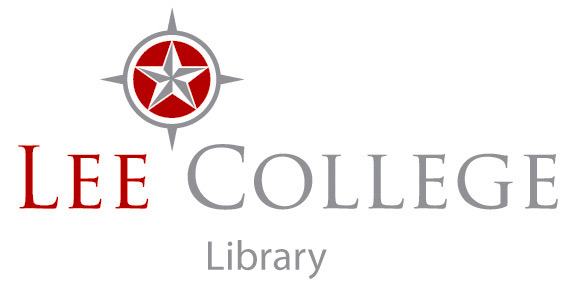
Fair Use Infographic illustrating a day in the Life of a college student by ARL is licensed via CC BY 4.0
Creation of New Knowledge Infographic promoting Fair Use by ARL is licensed via CC BY 4.0
Fair Use (FAQ) | U.S. Copyright Office
Fair use is a legal doctrine that promotes freedom of expression by permitting unlicensed use of copyright-protected works in certain circumstances. Section 107 of the Copyright Act identifies various purposes for which the reproduction of a particular work may be considered “fair,” such as criticism, commentary, news reporting, scholarship, research, and teaching.
Four factors must be considered when evaluating Fair Use. Each of the four factors must be weighed in order to determine fair use.
1. PURPOSE: The purpose and character of the use, including whether such use is of a commercial nature or is for nonprofit educational purposes; The balance tips toward fair use when use is educational and non-profit, not commercial.
2. NATURE: The nature of the copyrighted work; The balance tips in favor of fair use for published, factual, nonfiction material; the reverse is true for unpublished*or highly creative work (music, novels).
3. AMOUNT: The amount and substantiality of the portion used in relation to the copyrighted work as a whole; The balance tips in favor of fair use when a portion is small, not central to the work, and tailored to the exact educational purpose intended.
4. MARKET: The effect of the use upon the potential market for or value of the copyrighted work. The balance tips in favor of fair use when a legal copy is owned and use doesn't significantly impair sales.
This checklist adapted from Columbia University Libraries, modified for Lee College faculty.
Fair Use Evaluator tool to provide you with a time-stamped, PDF document for your records.
Code of Best Practices in Fair Use for Open Educational Resources (OER) from Stanford University CC BY-NC 3.0 US DEED